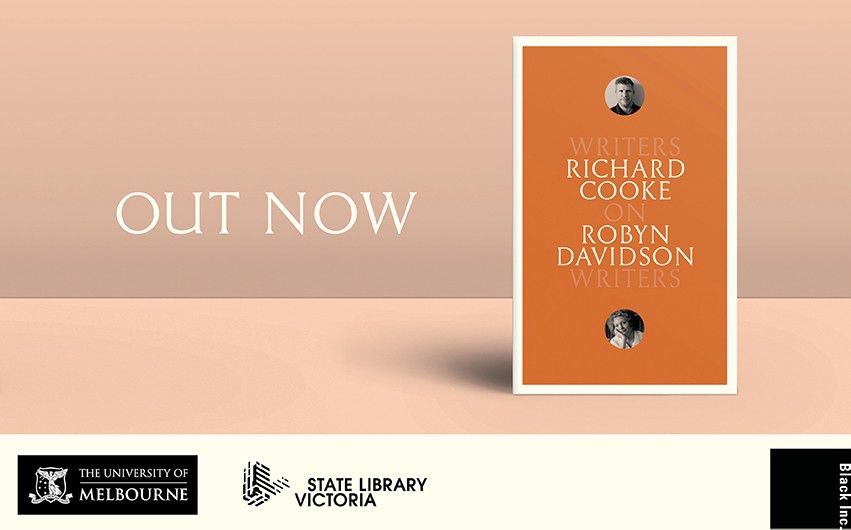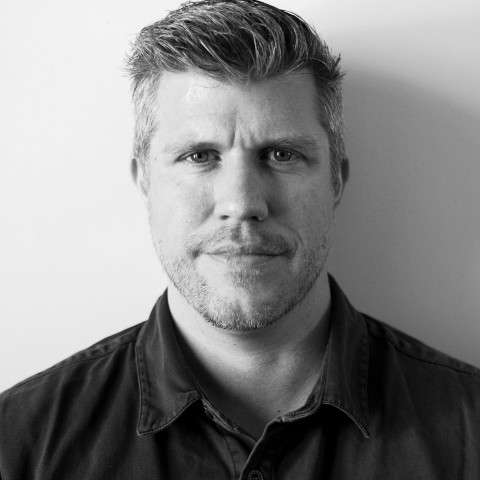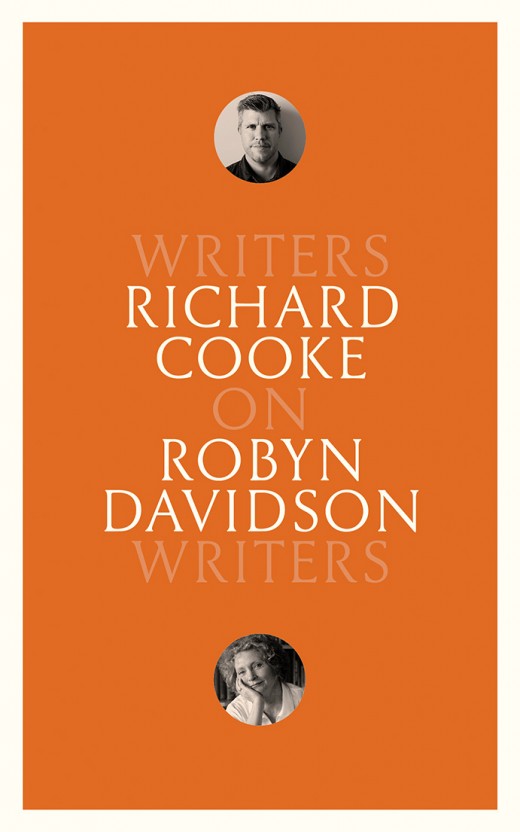News

News >
Read an extract: On Robyn Davidson
Richard Cooke explores Robyn Davidson’s relationship with place and freedom, in this extract from the latest in the Writers on Writers series.
She carried no literary ambitions in childhood. She trained, in adolescence, as a concert pianist. She grew up in the country, on a cattle station in Queensland, where music lessons were a link to the lost world of ‘accomplishments’, the means by which middle-class women became cultivated. She enrolled in music school but dropped out, and went to live in a squat with an abandoned piano. After time at the tail end of the Sydney Push, the bohemian enclave of ‘critical drinkers’ that also produced Clive James, Germaine Greer and Robert Hughes, she headed inland, seeking a different kind of elsewhere. Years later, she found herself at the keyboard once more. She still plays – ‘badly’, she says.
Dread and avoidance are common impediments to writing, but Davidson’s degree of affliction is legendary. A deadline turns her into a flight risk. She has moved countries to avoid finishing a manuscript, and she still likens the act of writing to stage fright, performing a recital for which she has no sheet music, on an instrument she has forgotten how to play.
I made a guess, later confirmed, that Alfred Cortot would be one of her favourite pianists. Cortot hated practising, a habit that contributed to his famous tendency to make mistakes. His compensation was a life lived to the full, which enriched his interpretations of the Romantic composers, especially Chopin, imbuing them with emotion. His playing, even when frayed, was poetic.
Davidson is frank, almost harsh, about her technical imprecisions as a writer, but her calculus is similar. Writing is only a means to express what is most important to her, which is a desire for freedom. As often – more often – this desire takes her away from writing altogether.
I was conscious, in questioning Davidson about her life and work, of how furrowed my path was. I lagged decades of writers and pilgrims, interlopers and fans. Reading interviews to try to chicane through the questions already asked was pointless. They most often sought answers about the same thing – her first book, now published forty years ago.
‘You must have heard the word “tracks” tens of thousands of times. Perhaps millions of times,’ I tried.
‘A gazillion,’ she replied.
– – –
I tried to fight Tracks. I read the rest of Robyn’s work, seeking digressions and unorthodox openings, trying to reframe things. In the end this felt only avoidant, or artificial. There was no fighting it. She had walked the desert with camels, and this had come to define her.
Her account of the journey ‘hit something mythic’, as she put it.
A book was not part of the initial plan, but the duration of the trek – nine months – meant she needed money, for camels and supplies. National Geographic gave it to her, on the condition that she write about her experience.
The resulting article was called ‘Alone’, though she had not been alone the whole mission. Apart from her camels, and her dog, Diggity, she was accompanied intermittently by National Geographic photographer Rick Smolan, and an Aṉangu elder named Mr Eddie, who guided her past sacred sites. But the figure of the lone, questing woman was irresistible. She was famous before the desert crossing was completed – newspaper reporters sought her out while she was still miles from the coast – and at her destination she found a media-constructed persona already waiting for her: the ‘camel lady’.
This character, or caricature, has been unusually durable – younger generations that do not know Davidson’s work still know of ‘the camel lady’ – and she recognised the paradox almost immediately: her act of freedom, and its transmission to the public, would forever enclose her in a kind of iron maiden.
‘Had I been a man,’ she writes in Tracks, ‘I’d be lucky to get a mention in the Wiluna Times, let alone international press coverage. Neither could I imagine them coining the phrase “camel gentleman”. “Camel lady” had that nice patronizing belittling ring to it. Labelling, pigeonholing – what a splendid trick it is.’
In the popular imagination, she became a heroine: the opposite of what she wanted to communicate in the book. ‘The point was,’ she says, ‘that anyone could do what I did.’
Despite the camel-lady moniker, that was the message received by generations of writers, readers and travellers, especially women.
In the Writers on Writers series, leading authors reflect on an Australian writer who has inspired and fascinated them. Published by Black Inc. in association with the University of Melbourne and State Library Victoria. On Robyn Davidson is out now.
Share this post
About the author
Richard Cooke is The Monthly’s US correspondent and contributing editor. His work appears in The Washington Post, The New York Times, The Saturday Paper and The Guardian, and has been selected for The Best of Longform and Best Australian Essays. He is a former Mumbrella Publish Columnist of the Year, and was a finalist in the Walkley–Pascall Prize for Arts Criticism.
More about Richard Cooke




